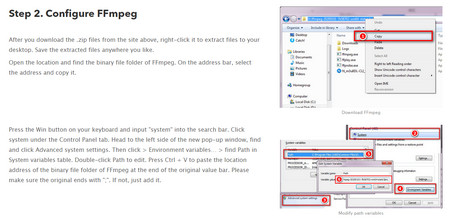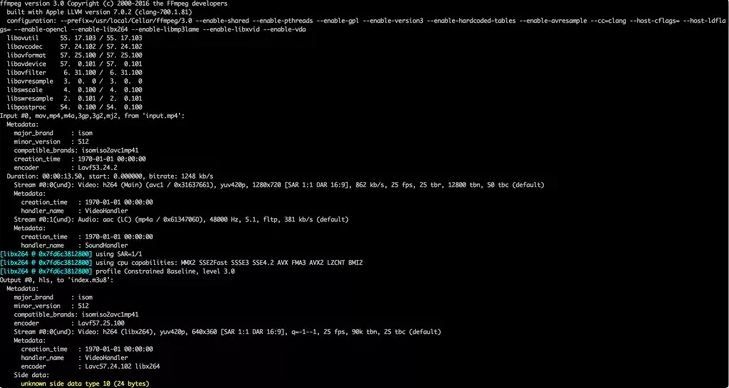
Color variety, movement speed, and sound quality decide how much trimming is possible for a particular video. But, if there’d be a noticeable change or not, that depends on the video we’re optimizing. Note: The video quality suffers to some degree when we optimize video file size. Various containers for Windows media videos and flash videos (FLV and WMV) are the winners. Mp4s are not the smallest size you can expect. However, the quality will vary with each of these varied file sizes. Takeaway? The smallest mp4 file of a video will be smaller than the smallest avi file of the same video. For example, the avi video file extensions are larger than mp4 files. Going to the basics: Not all video files are created following the same procedure. The above command will change the specified format into the output format given. To convert a media file using the default settings of FFmpeg, type: ffmpeg -i # Debian/UbuntuĪnd FFmpeg will be in your Linux distro. Want to get hands-on with it? Let’s install FFmpeg.īasically, you have to use the following codes for Ubuntu, Arch Linux, and Fedora respectively.

FFmpeg functions as a backbone of several software projects and renowned media players – YouTube, Blender, VLC, and iTunes, to name a few.

MPEG video standards group brought inspiration in defining the name of this media handling software project, while “FF” stands for “Fast Forward”. You can convert videos at up to a minuscule level while maintaining the quality to a great extent. It can create GIFs, edit videos, and record also. It has widespread use in video scaling, format transcoding, basic editing, standards compliance, and video post-production effects.

So, what is FFmpeg? FFmpeg is a free and open-source command-line utility used in handling audio, video, other multimedia files, and streams in Linux. This article explains how you can efficiently decrease video sizes using FFmpeg in Linux. The world of open-source video editing tools is huge. You can easily hold onto larger files by chopping them down to a lower size. Decreasing video sizes becomes necessary when space is limited in cloud services, disks, or personal storage drives.


 0 kommentar(er)
0 kommentar(er)
